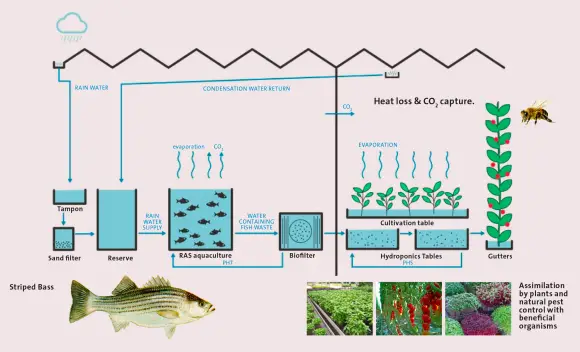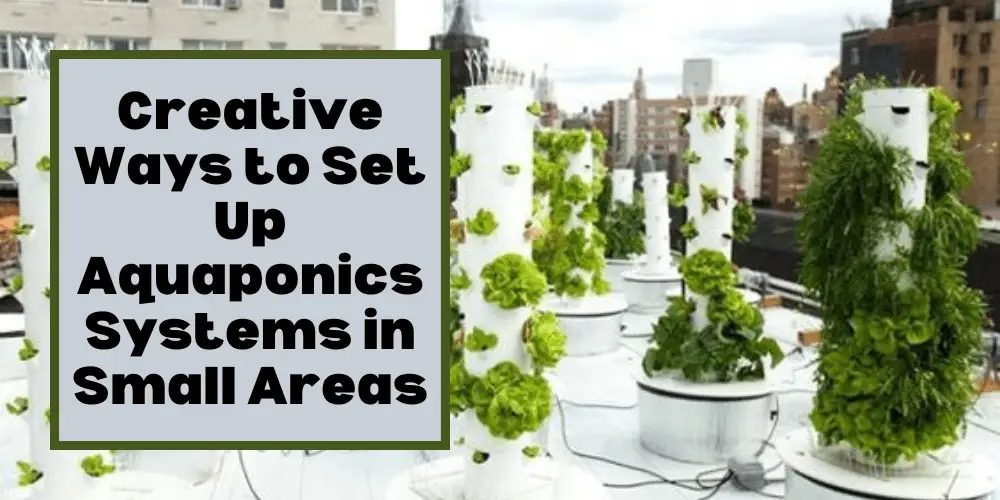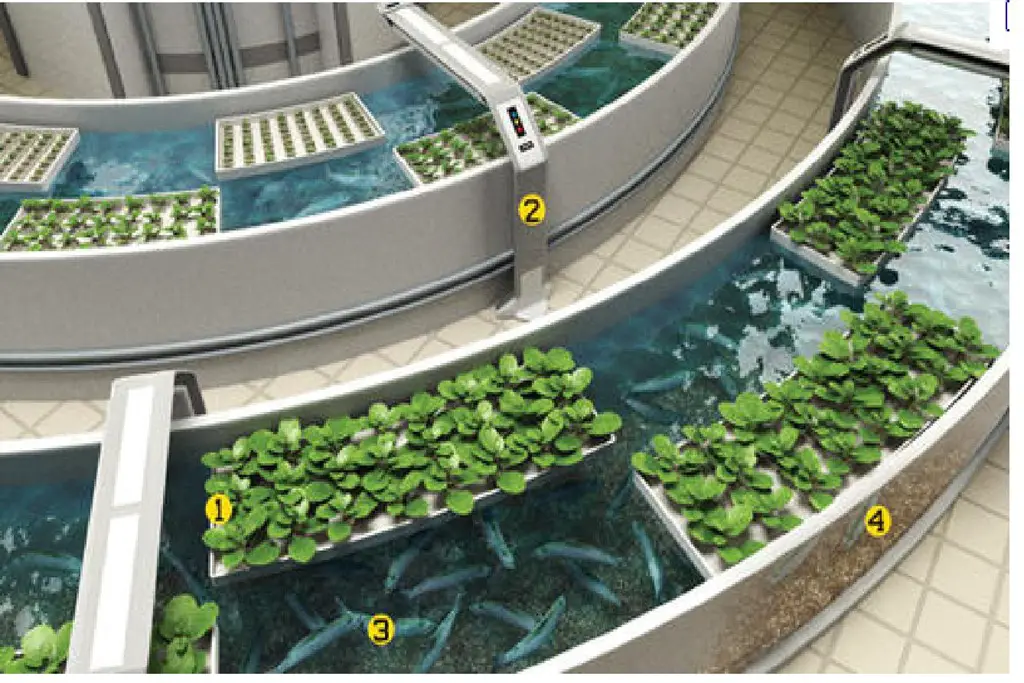Building An Aquaponics System In An Urban Setting
Have you ever considered growing your own fresh vegetables and fish in the comfort of your urban home? With an aquaponics system, you can do just that! Whether you have limited space or just want to try something new, setting up an aquaponics system in an urban setting is easier than you may think. In this article, you will learn the basics of building and maintaining an aquaponics system right in your own backyard or even on your balcony.
What is Aquaponics?
Aquaponics is a sustainable method of agriculture that combines aquaculture (fish farming) and hydroponics (soilless plant growing). In this system, the fish waste provides nutrients for the plants, while the plants filter and purify the water for the fish. It’s a symbiotic relationship that mimics a natural ecosystem, allowing both the plants and the fish to thrive.
Why Choose Aquaponics?
Aquaponics offers a range of benefits that make it an attractive option for urban gardening. One of the main advantages is that it uses significantly less water than traditional soil gardening, making it a more sustainable choice. Additionally, aquaponics systems require minimal space, making them ideal for urban dwellers with limited room for outdoor gardening. The ability to grow both fish and vegetables in the same system also adds a level of self-sufficiency to your urban lifestyle.

Designing Your Aquaponics System
When designing your aquaponics system, there are a few key components to consider:
1. Fish Tank
The fish tank is the heart of your aquaponics system, as it houses the fish whose waste will provide nutrients for your plants. When choosing a fish tank, consider the size of your space and the type of fish you want to raise. Tilapia and trout are popular choices for aquaponics systems, but you can also opt for smaller fish such as goldfish or koi.
2. Grow Bed
The grow bed is where your plants will grow, using the nutrient-rich water from the fish tank. You can use various types of grow beds, such as media-filled beds, nutrient film technique (NFT) systems, or deep water culture (DWC) systems. Choose a grow bed that fits your space and the type of plants you want to grow.
3. Water Pump
A water pump is essential for circulating water between the fish tank and the grow bed. Make sure to choose a pump that is the right size for your system and provides enough water flow to keep your plants healthy.
4. Plumbing
Proper plumbing is key to ensuring that water flows smoothly between the fish tank, grow bed, and back again. Consider using PVC pipes or tubing to connect all the components of your aquaponics system.
Setting Up Your Aquaponics System
Now that you have designed your aquaponics system, it’s time to set it up! Here’s a step-by-step guide to getting your system up and running:
1. Install the Fish Tank
Begin by setting up your fish tank in a stable location that receives the right amount of sunlight. Fill the tank with water and add fish to get your system started.
2. Set Up the Grow Bed
Place your grow bed above the fish tank, allowing gravity to help with the water flow. Fill the grow bed with your chosen growing medium and plant your seeds or seedlings.
3. Connect the Water Pump
Attach the water pump to the fish tank and the grow bed, making sure that water can flow freely between the two. Test the pump to ensure that water is circulating properly.
4. Monitor and Adjust
Keep a close eye on your aquaponics system as it establishes itself. Monitor the water quality, plant growth, and fish health, making adjustments as needed to maintain a balanced ecosystem.

Maintaining Your Aquaponics System
Once your aquaponics system is up and running, it will require regular maintenance to keep it healthy and productive. Here are some tips for maintaining your system:
1. Monitor Water Quality
Regularly test the water in your fish tank for pH, ammonia, nitrites, and nitrates to ensure that it is at the right levels for both the fish and the plants.
2. Feed Your Fish
Make sure to feed your fish a balanced diet to keep them healthy and thriving. The waste they produce is essential for the health of your plants, so taking good care of your fish is crucial.
3. Prune Your Plants
Regularly prune your plants to encourage healthy growth and prevent overcrowding in the grow bed. This will help maintain a balanced ecosystem in your aquaponics system.
4. Inspect and Clean
Periodically inspect all components of your aquaponics system for signs of wear or blockages. Clean the grow bed and fish tank as needed to keep the system running smoothly.
Choosing Plants and Fish for Your Aquaponics System
When selecting plants and fish for your aquaponics system, it’s important to choose species that are well-suited to the environment you can provide. Some popular plant choices for aquaponics include leafy greens like lettuce and herbs like basil, while popular fish choices include tilapia, trout, and catfish.

Troubleshooting Common Aquaponics Issues
Despite your best efforts, you may encounter some common issues with your aquaponics system. Here are a few tips for troubleshooting these problems:
1. Algae Growth
If you notice excessive algae growth in your system, reduce the amount of sunlight the fish tank receives and consider adding algae-eating fish to help control the problem.
2. Water pH Imbalance
An imbalance in the pH of your system can harm both your fish and plants. Test the water regularly and make adjustments as needed to keep the pH in the optimal range.
3. Clogging
If you experience clogging in your plumbing system, check for blockages and ensure that water is flowing freely between components.
Conclusion
Building an aquaponics system in an urban setting is a rewarding and sustainable way to grow your own food. By following these guidelines and tips, you can create a thriving ecosystem that produces fresh vegetables and fish right in your own backyard. Get started on your aquaponics journey today and enjoy the benefits of this innovative and self-sufficient gardening method.

